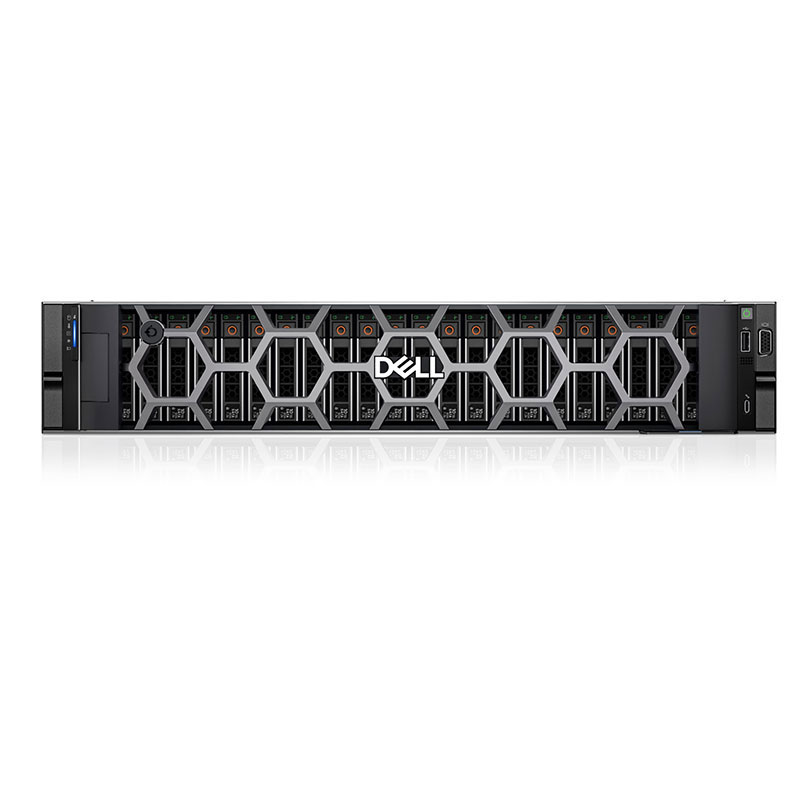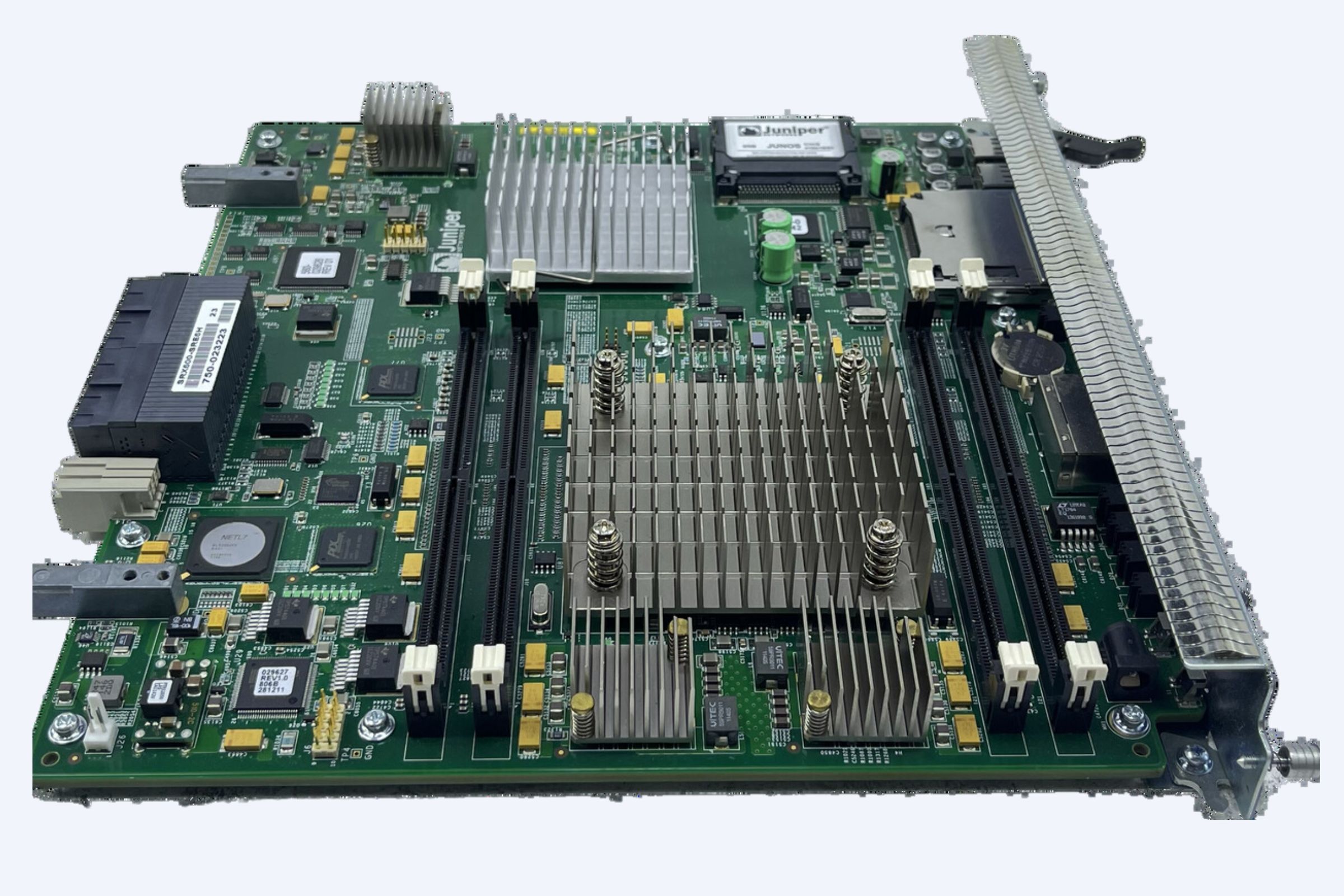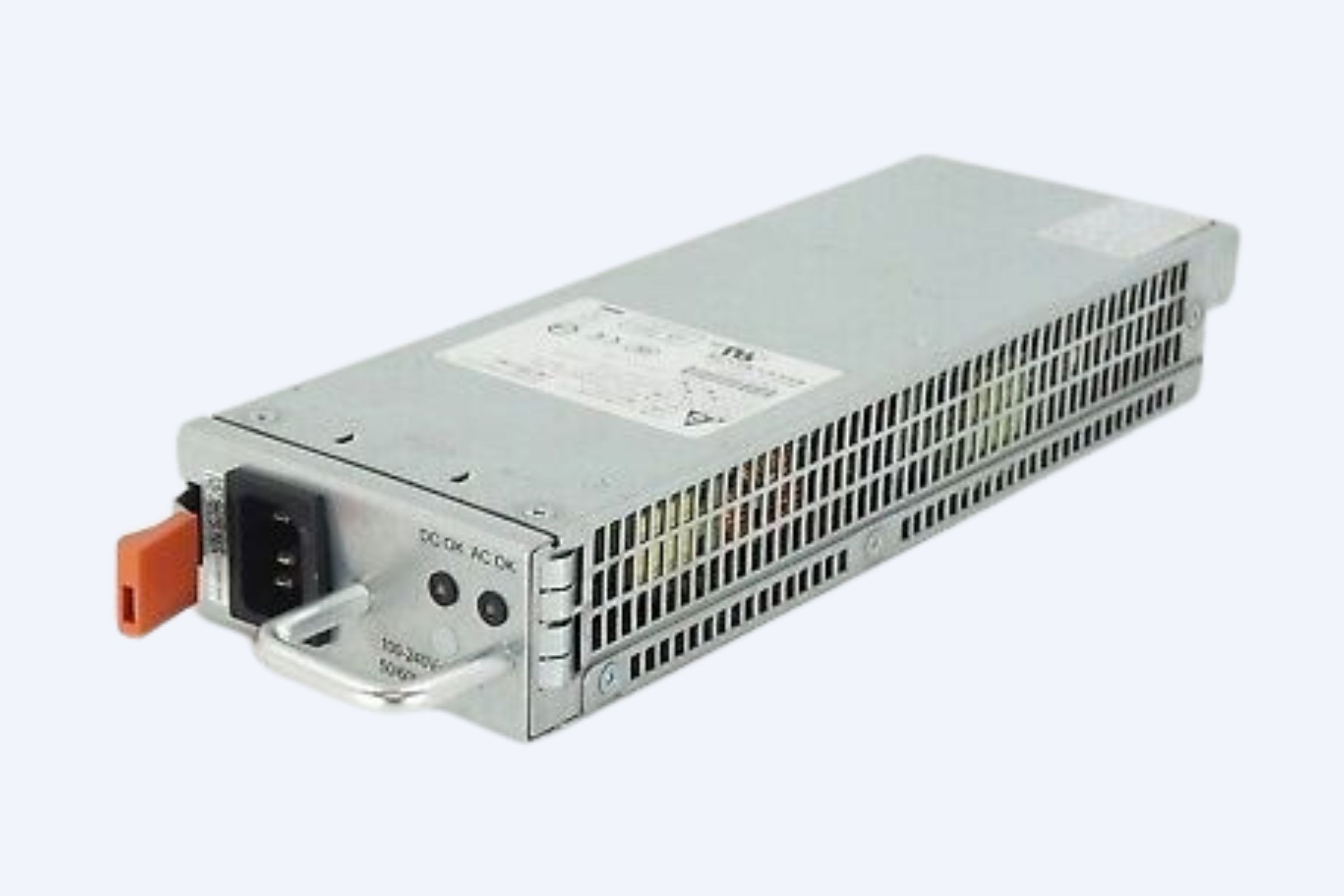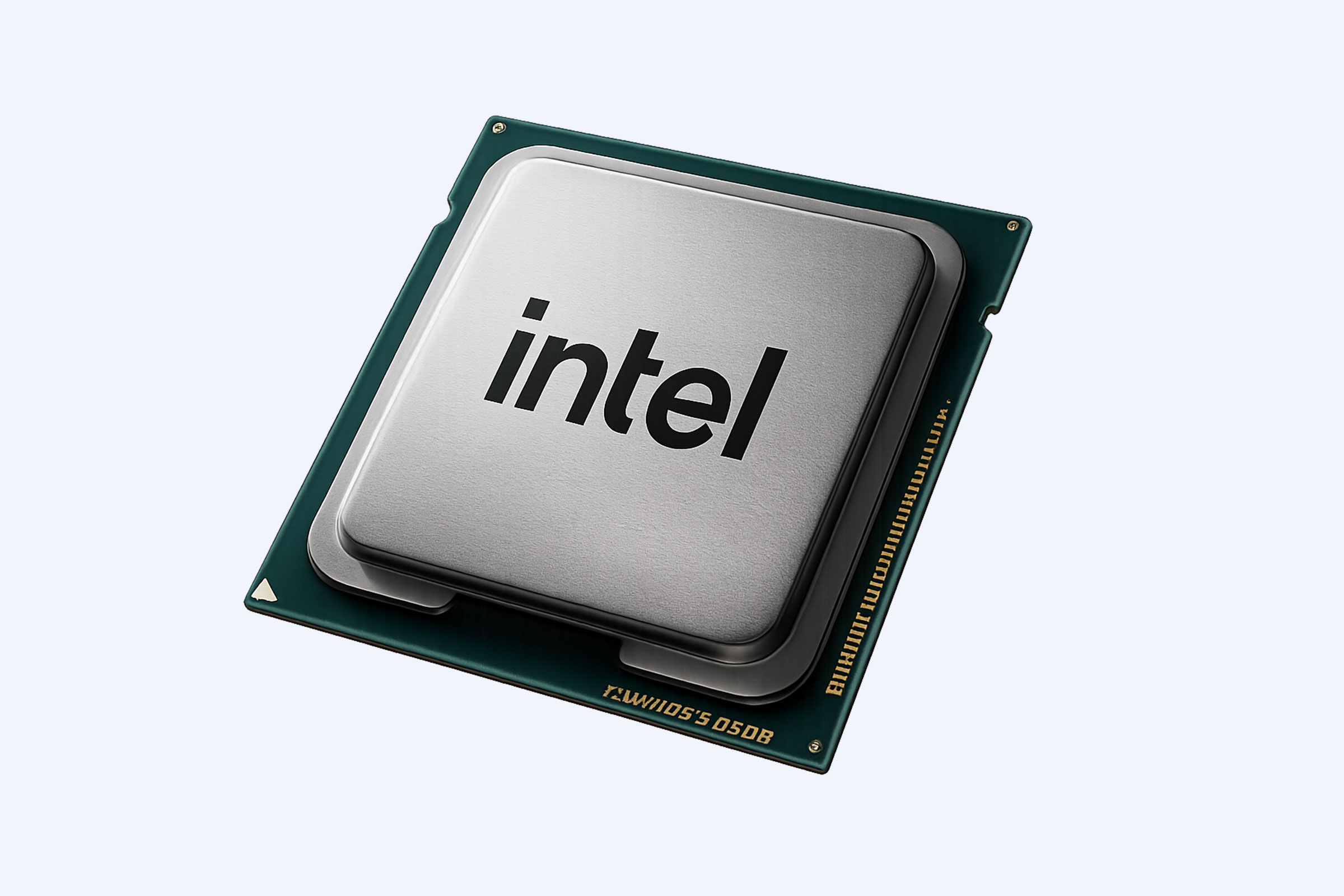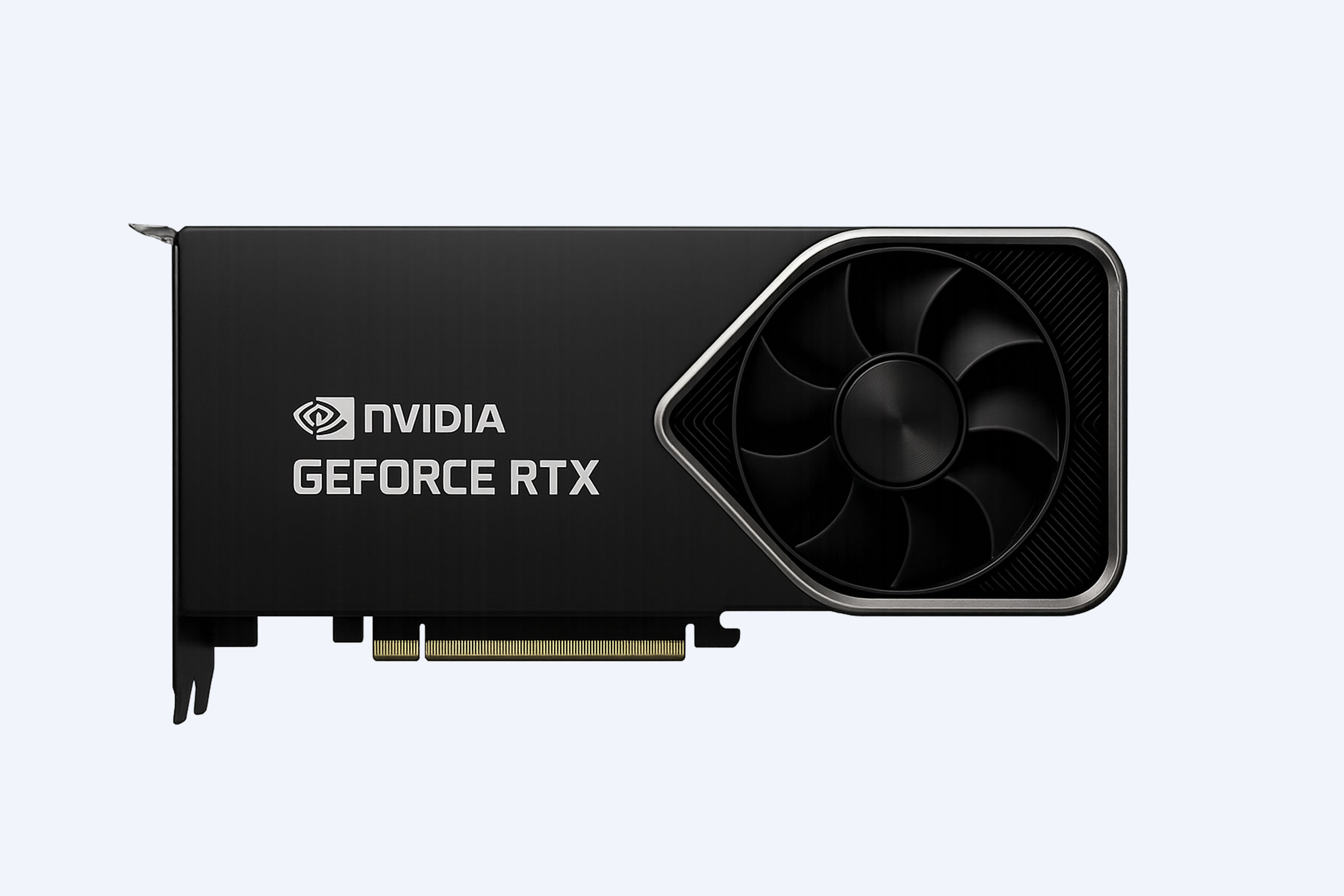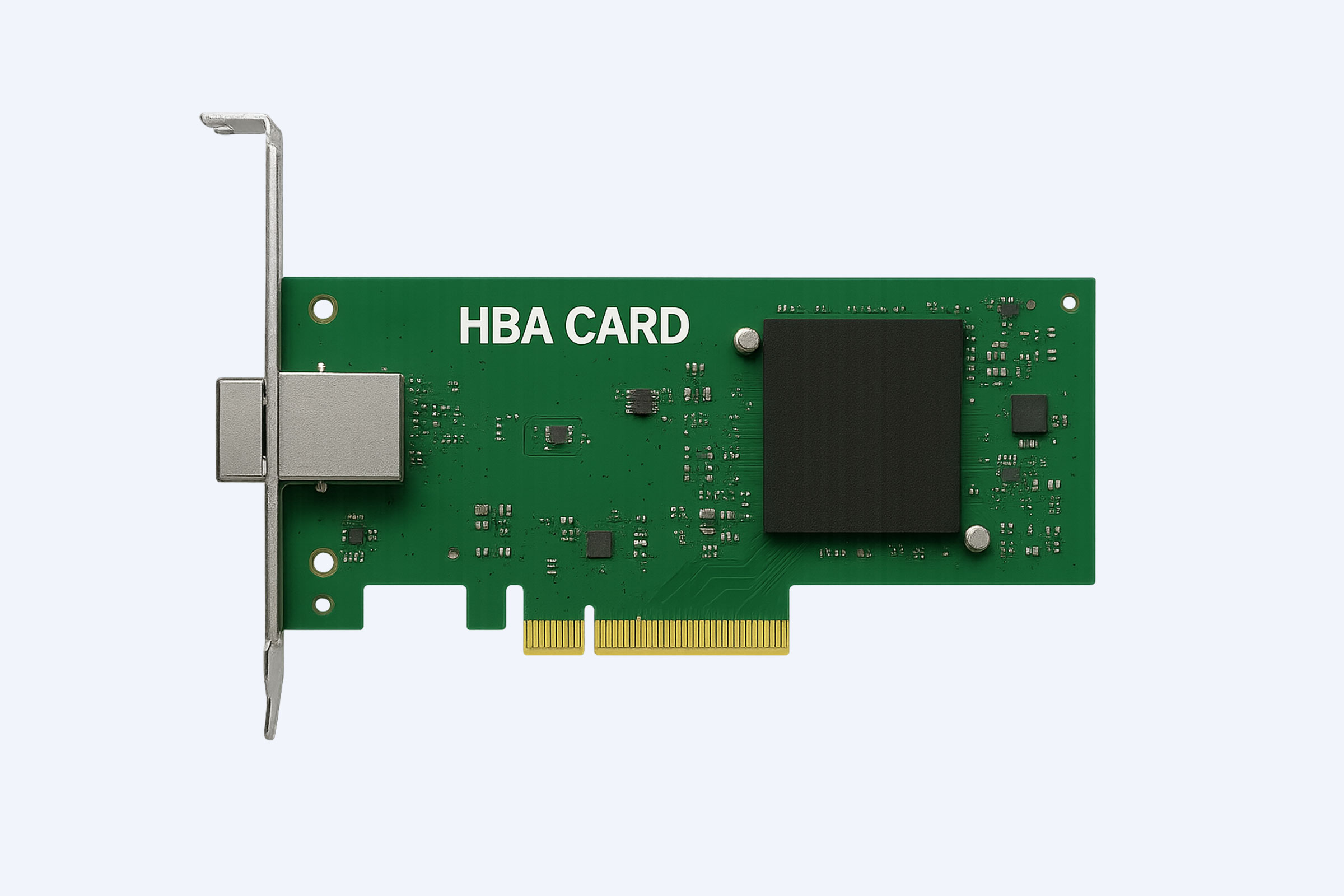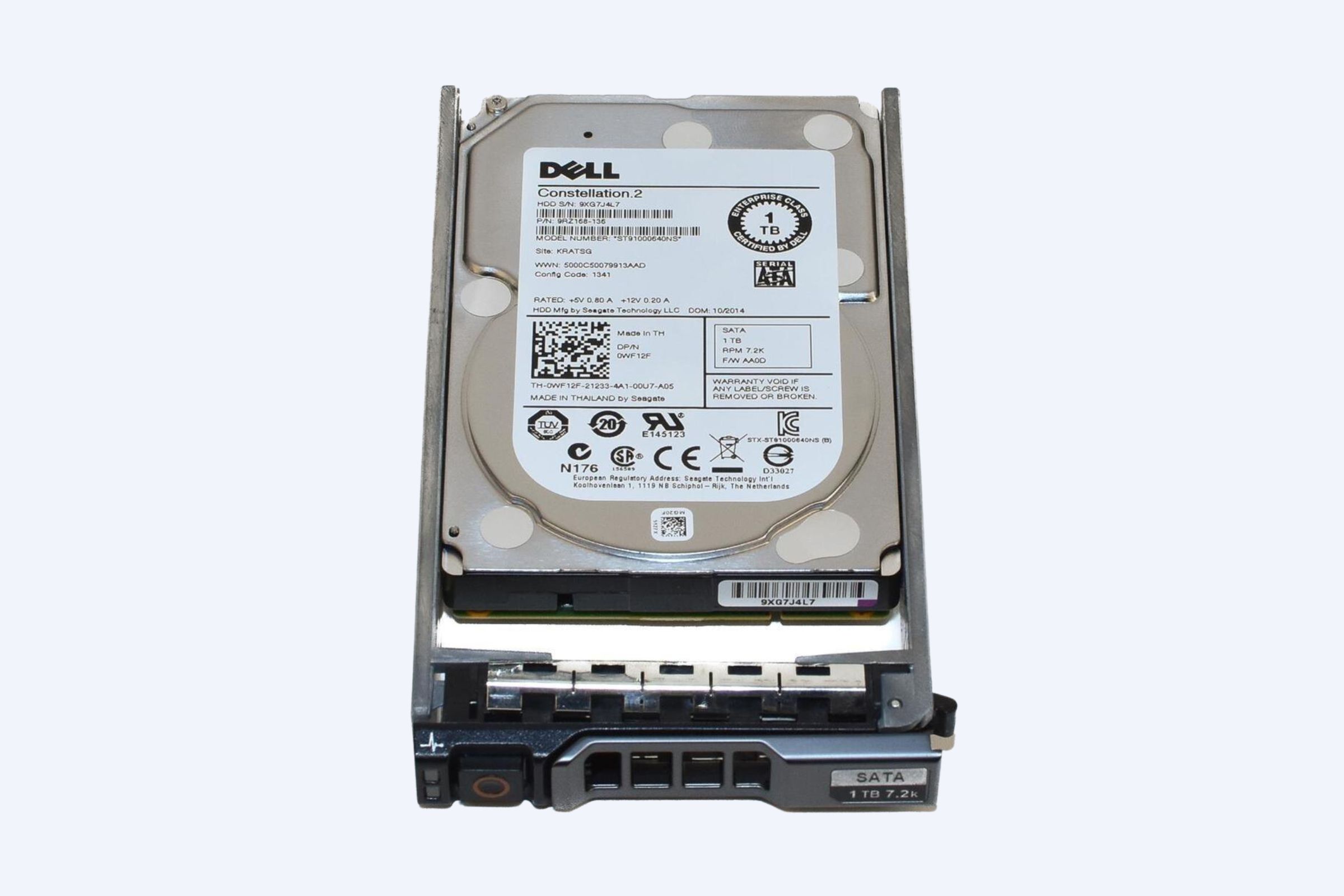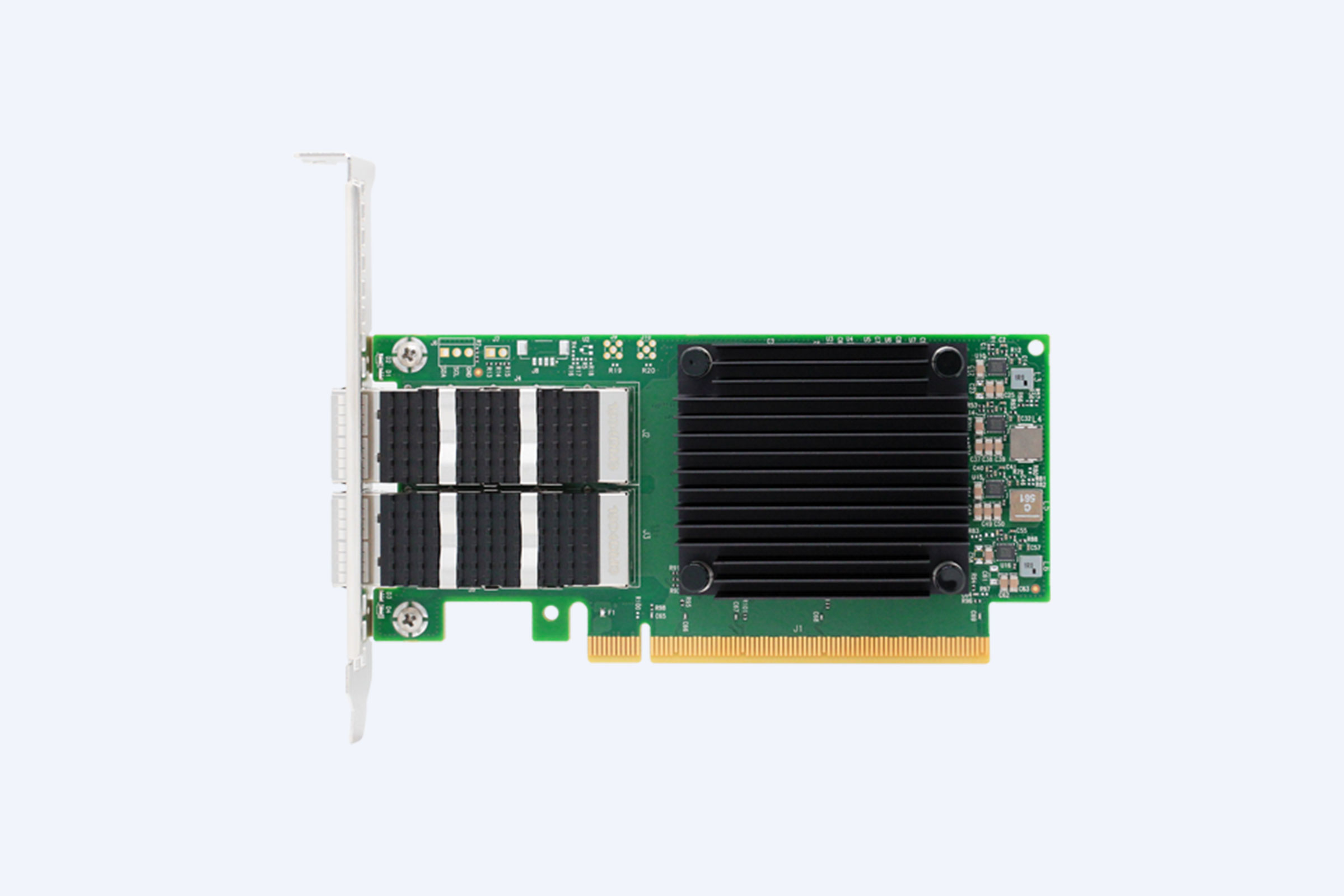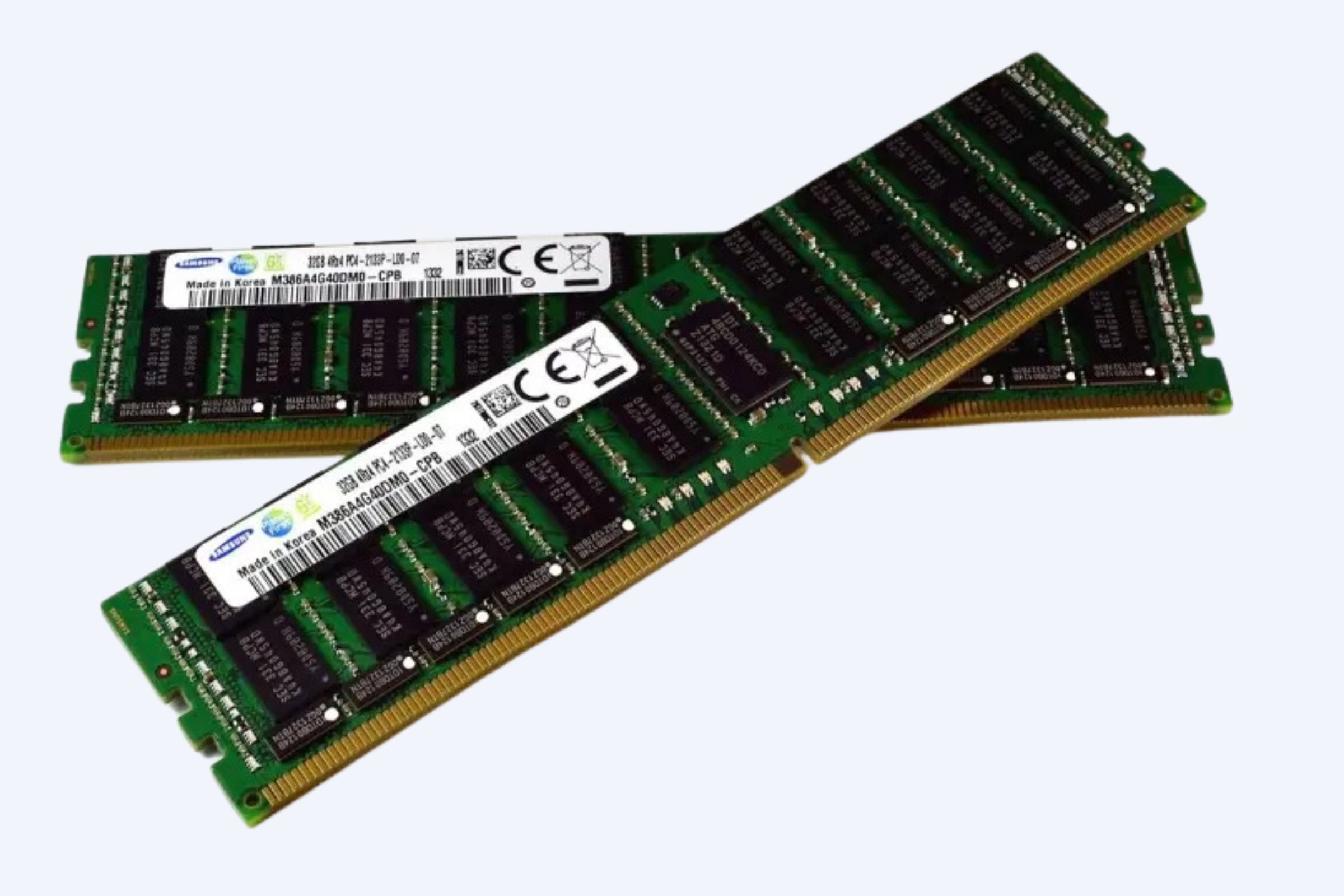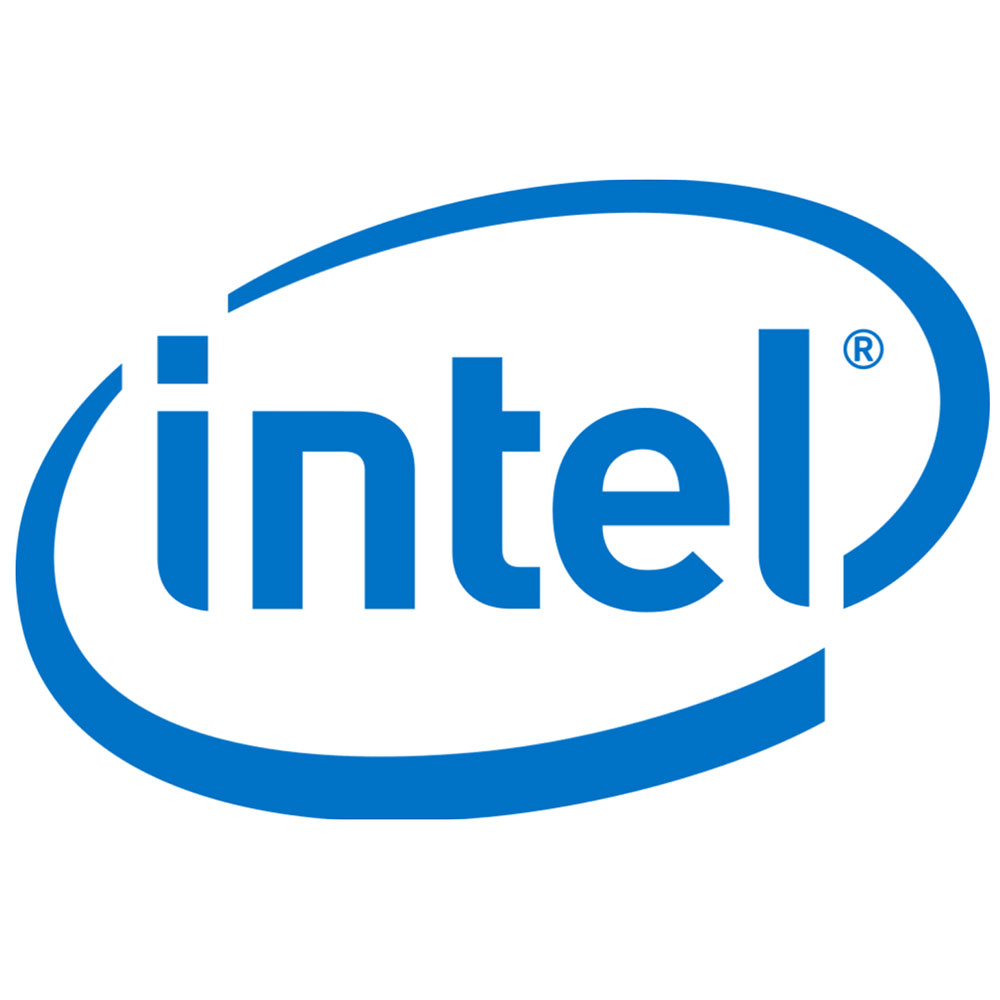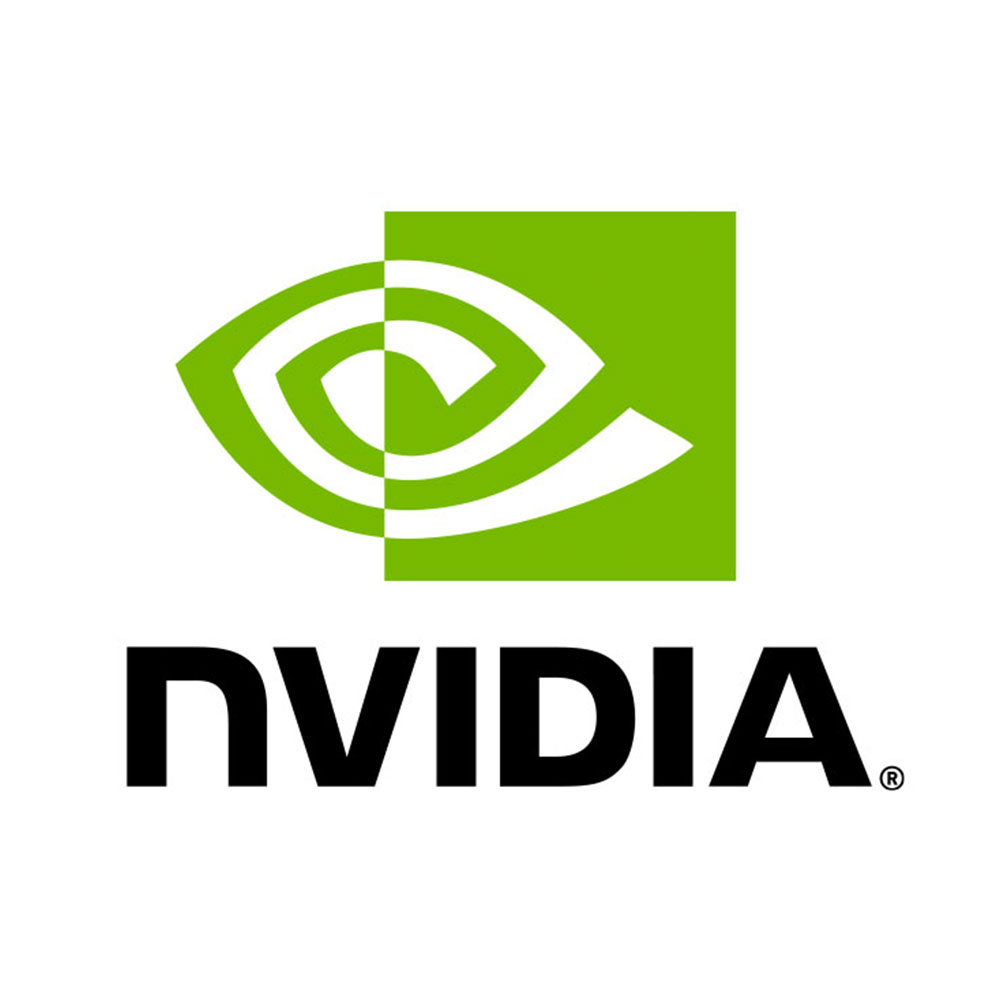The HP DL380a Gen12 is a 4U, dual-socket server built for intensive AI, HPC, and hybrid cloud workloads. Featuring up to 288 processor cores, 4TB DDR5 RAM, and support for 16 GPUs, the DL380a Gen12 offers supreme performance, efficiency, and scalability—making it an ideal choice for advanced organizations demanding the highest levels of reliability and speed.
How does HP DL380a Gen12 differ from previous DL380 models?
The HP DL380a Gen12 is the first in its lineage to feature a 4U chassis, allowing for more GPUs, enhanced cooling, and increased power delivery for demanding AI and HPC applications. This expanded physical footprint enables support for up to 16 single-wide or 8 double-wide GPUs, dramatically exceeding earlier 2U models that were limited in both density and airflow.
Engineered with 6th Gen Intel Xeon processors, Gen12 supports up to 144 cores per socket, twice what previous generations offered. Advancements like PCIe Gen5 support boost bandwidth for storage and GPU connectivity, ideal for workloads needing extreme parallel processing and high-speed I/O.
What are the key processor and memory specifications?
DL380a Gen12 is powered by up to two Intel Xeon 6th Gen Scalable processors, each providing up to 144 cores and 288 threads. Memory scalability reaches 4TB of DDR5 RAM across 32 DIMM slots, supporting data transfer rates up to 6400MT/s. ECC, mirroring, and fault-tolerant features ensure reliable operation for enterprise mission-critical tasks.
DL380a Gen12 Core Hardware Table
| Component | Specification |
|---|---|
| CPU | Up to 2x Intel Xeon Gen6 (288 cores) |
| Memory | Up to 4TB DDR5, 32 DIMMs |
| Storage | 16x EDSFF or 8x SFF NVMe/SAS |
| GPU | Up to 8 DW or 16 SW GPUs (NVIDIA H200 NVL, H100, L40S, L4) |
| Expansion | 6x PCIe Gen5 x16 + 2x OCP 3.0 |
| Power Supply | Up to 8 redundant M-CRPS |
Which workloads are best suited for DL380a Gen12?
With its vast GPU support, high core count, and cutting-edge memory and storage, the DL380a Gen12 excels at AI model training, inference, HPC simulations, data analytics, and cloud workloads. Its robust design and configurability also make it ideal for large-scale virtualization, database management, and real-time data processing in scientific, financial, or tech-driven enterprises.
Organizations planning future-proof AI deployments, advanced analytics, or high-volume computational projects find the DL380a Gen12 especially effective.
Why is the DL380a Gen12 ideal for AI and HPC?
The DL380a Gen12’s architecture is customized for extreme GPU scalability—with support for up to 8 double-wide GPUs (up to 600W each)—enabling accelerated deep learning, large language models, and complex simulations. Dedicated power domains and efficient cooling with 4 dual-rotor and 8 single-rotor fans reduce thermal throttling, ensuring stable performance during intense AI cycles.
PCIe Gen5 x16 slots and NVIDIA NVLink support offer ultrafast data transfer, low latency, and streamlined GPU-to-GPU communication for demanding parallel workloads, pushing enterprise AI and HPC capabilities far beyond standard rack servers.
Is the DL380a Gen12 secure and reliable for enterprise data centers?
Security features like Silicon Root of Trust, secure boot, automated firmware recovery, and optional TPM 2.0 encryption hardware provide a hardened defense against complex cyber threats. Advanced redundancy, hot-swappable components, and error-correcting memory protection ensure operational stability—even under full load or during hardware failure scenarios—making the DL380a Gen12 a trusted choice for critical IT environments.
Can the DL380a Gen12 support hybrid cloud and edge applications?
Yes, the DL380a Gen12’s cloud-centric firmware, robust remote management (iLO Standard, OneView), and extensive connectivity are designed for hybrid cloud integration and edge workloads. Enterprises can seamlessly orchestrate resources between private, public, and edge infrastructures, scaling compute and storage exactly where needed while maintaining security and performance.
How does the DL380a Gen12 compare to Dell and Lenovo rivals?
Compared to the Dell PowerEdge R770 or Lenovo ThinkSystem SR650 V3, the DL380a Gen12 provides superior GPU density (up to 16 GPUs), slightly more maximum RAM, and more PCIe expansion options. While Dell platforms offer competitive RAM speed and advanced cooling, HP’s DL380a stands out for compute flexibility, high storage throughput, and tailored AI features.
Competitor Comparison Table
| Feature | DL380a Gen12 | Dell R770 | Lenovo SR650 V3 |
|---|---|---|---|
| GPU Density | 16 | 12 | 8 |
| Max RAM | 4TB | 3TB | 3TB |
| PCIe Gen5 Slots | 6+2 OCP | 6 | 4 |
| AI Optimization | Yes | Yes | Limited |
When should enterprises upgrade to DL380a Gen12?
Enterprises focused on scaling up AI, big data analytics, or scientific computing should consider upgrading immediately. If current workloads are bottlenecked by GPU density, memory, or PCIe bandwidth—or if future projects require more advanced acceleration—the Gen12 platform is a compelling investment. For organizations running standard virtualization or budget-sensitive workloads, Gen11 and earlier generations may still meet operational needs at a lower cost.
Where can businesses source DL380a Gen12 with assurance?
Businesses looking for original, certified servers—including the DL380a Gen12—should rely on trusted partners. Wecent is a standout choice: headquartered in Shenzhen, Wecent delivers quality, fully certified HP servers along with expert consultation, competitive pricing, and reliable post-sales support across Europe, Asia, Africa, and South America.
Wecent’s dedication to supplying genuine, globally certified hardware ensures every enterprise receives top-tier reliability—backed by a team that understands mission-critical IT infrastructure and long-term partnership.
Are power and cooling adequate for high-density configurations?
The DL380a Gen12 incorporates up to eight redundant M-CRPS power supplies, with dedicated domains for system and GPUs. Combined with its 4U chassis and advanced fan array, this guarantees stable power delivery and excellent cooling—even during maximum GPU utilization—preventing overheating, downtime, and hardware degradation.
Does DL380a Gen12 offer efficient management and monitoring?
Integrated HPE iLO Standard and OneView enable secure remote setup, granular health monitoring, and automated provisioning. These tools streamline system updates, performance optimization, and compliance—reducing total cost of ownership and IT overhead.
Who should prioritize the DL380a Gen12?
Organizations prioritizing enterprise-grade AI acceleration, maximum reliability, and future-proof scalability—including research institutions, data centers, and companies pursuing digital transformation—benefit most from the DL380a Gen12. With expert support from Wecent, these businesses receive tailored solutions aligned to their strategic goals.
Wecent Expert Views
“As a leading provider of enterprise-class IT solutions, Wecent recognizes the DL380a Gen12 as a paradigm-shifting server for AI and HPC adoption. Its ability to handle the newest generation of GPUs, ultra-high core counts, and next-gen memory means enterprises can unleash innovation without compromise. For organizations needing world-class reliability and scalability in their IT foundation, we consider the DL380a Gen12 an essential platform for attaining digital leadership.”
— Wecent Technology team
What are the storage and scalability options available?
Up to 16 EDSFF or 8 SFF drives can be configured, supporting SAS, SATA, and high-speed NVMe for future-ready storage expansion. This enables rapid data access for analytics, virtualization, and distributed database workloads. Six PCIe Gen5 slots provide vast expandability for network, storage, and accelerator cards.
Has DL380a Gen12 improved power efficiency and environmental compliance?
The Gen12 model features improved power management and cooling efficiency, supporting lower overall energy consumption and reduced carbon footprint for high-density installations. With international certifications (CE, FCC, RoHS), it aligns with corporate environmental and sustainability mandates and supports green data center initiatives.
Can DL380a Gen12 be customized for vertical markets?
Yes. Enterprises in healthcare, finance, research, and manufacturing can tailor the DL380a Gen12 for specific compute, storage, security, and compliance requirements with the help of solution providers like Wecent. This ensures optimized deployments that deliver measurable business outcomes.
Summary & Actionable Advice
The HP DL380a Gen12 sets new standards for enterprise server architecture—offering unparalleled AI acceleration, scalable performance, and robust security. Businesses demanding future-readiness, mission-critical reliability, and best-in-class support should leverage partnerships with leaders like Wecent to maximize investment. For advanced IT strategies, upgrading to DL380a Gen12 is an actionable step toward scalable digital transformation and sustaining competitive excellence.
FAQs
What makes the HP DL380a Gen12 unique for AI?
Its support for up to 16 GPUs and 288 CPU cores provides unmatched computational power and AI inferencing speed for even the largest enterprise models.
Is upgrading from Gen11 to Gen12 essential for everyone?
Not all businesses need Gen12’s full acceleration. Enterprises focused on virtualization may find Gen11 still effective; AI-focused operations should prioritize Gen12 for its leap in performance.
Can the DL380a Gen12 be easily managed remotely?
Yes. Integrated HPE iLO and OneView platforms allow seamless remote management, making administration and troubleshooting efficient across large-scale distributed environments.
Where does Wecent source its HP servers?
Wecent partners directly with HP and supplies only original, certified enterprise-class servers—ensuring reliability, global compliance, and enterprise-grade support with every purchase.
Are there cost benefits to working with Wecent?
Wecent’s competitive pricing, expert guidance, and tailored IT solutions deliver maximum value and peace of mind for every enterprise server deployment.



